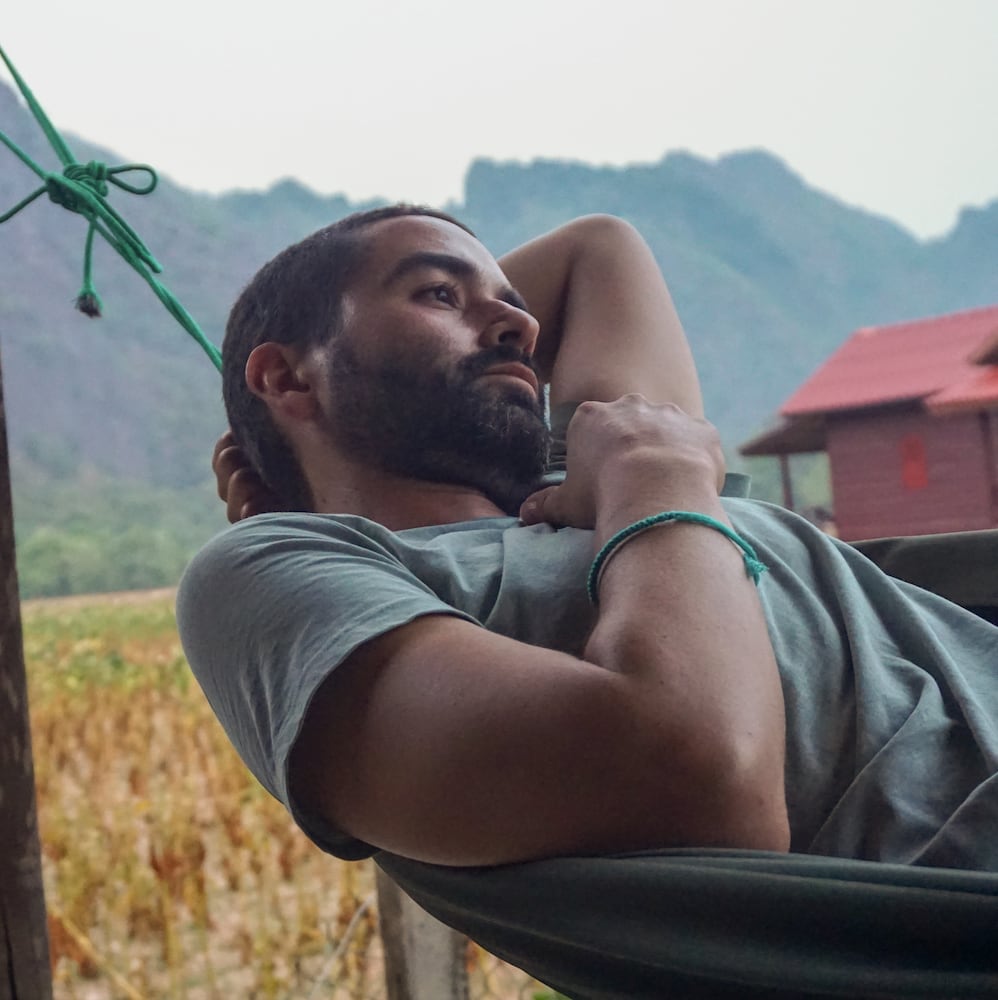Playa de Belén is a small town in Norte de Santander and one of the 14 designated heritage towns of Colombia. While far from the usual tourist routes in Colombia, this “beach” town, a name alluding to its arid, sand-like landscapes, offers polished colonial architecture, unique rock formations, and the quintessential experience of a sleepy Colombian town.
Even though the town was founded in 1862, long after the colonial era, the town has made special efforts to maintain a uniform look using colonial styles of architecture: Walls made with tapia pisada (compact layers of earth, gravel or clay), clay roof tiles, white and red base fronts, brown doors and windows, and flower clay pots. This attention to maintaining a uniform, colonial look, earned the town its designation as national cultural patrimony in 2005.
Table of Contents
- Walking Los Estoraques and Playa De Belén
- Staying at Hospedaje Marmacrisli
- What to eat in Playa De Belén
Walking Los Estoraques and Playa De Belén
The best way to see the main attractions of Playa de Belén is by walking. Starting from the main church, a 15-minute walk north takes you the natural park of Los Estoraques. With 620 hectares of land, the park allows you to walk through tall rock formations, caves and arid landscapes shaped by thousands of years of erosion. There are two types of rock formations in the park. The first, shaped like cones, have a more recent formation period, and are more vulnerable to weather and erosion. The second, shaped like columns, are much more resistant to erosion, but take longer to form.
The thousand-year-old columns create a bizarre landscapes, with column-enclosed caves and pocket of areas walled by rock columns, creating mini arid paradises only accessible by small paths or entrances.


I toured the park with no guide, taking the time to explore all its different landscapes. If you do the same, be mindful of the path in order to go back easily in any situation, and to follow all instructions to have a safe visit. This is a natural environment in constant change, be careful of your surroundings.
After Los Estoraques, before heading back to town, continue walking the countryside to contrast the arid landscapes of the park with green cultivation fields and Sub-Andean vegetation. Among the farm fields, you are likely to see onion and bean plantations, two of the main products cultivated in the region. The first, among its many uses, is pickled and sold in town as one of the town’s main culinary products. The second is used in the regions typical bean soup with ruyas, soft bits of rolled corn dough cook in the soup.



Back in the main park, have a cold drink or ice-cream in the corner store La Gran Parada, a typical, old town store with memorabilia from the town’s history. When I entered the store, a local came in and ordered a yuca (cassava) ice-cream. Intrigued, I tried one as well, and it was pleasantly nice.


After a small break, walk up the town’s cemetery, the entrance being right next to La Gran Parada. The 10-minute walk uphill takes you through a small forest and views of the town from above. The cemetery itself is on top of a plateau, surrounded by cliffs and views of the town and its arid, eroded landscape. Taking a peak over the cliffs, you can see farms and fields just below the plateau. It is definitely one of the more unique settlements for a cemetery I have visited.



Staying at Hospedaje Marmacrisli
This accommodation is located next to the main church, in a quaint, colonial style house decorated with plants. The family staff, headed by Doña Livida, is welcoming, attentive, and kind.
Hospedaje Marmacrisli is located next to the main church, in a quaint colonial style house. The family staff, headed by Doña Livida, is welcoming, attentive, and kind. I visited Hospedaje Marmacrisli first thing in the morning when I arrived to Playa de Belén. No booking or anything, I was immediately captured by the kindness of Doña Livida and feeling of home in this accommodation. The small central courtyard is lined with memorabilia of the town, the family, and the house construction.
Bookings: 315-367-9222, 322-457-2362 (WhatsApp)


What to eat in Playa De Belén
The town itself has limited options to eat outside, apart from a few local eateries around the town’s plaza, like Merendero de Yander, a café and pizzeria or the simple and local eatery El Sazón de Vivi.


Masato
Fermented drink made with rice, cinnamon, sugarcane, and cloves. Its origins are Pre-Hispanic, and it’s usually made artisanally and served cold in the regions of Santander, Boyacá, Cundinamarca and Tolima.
Sopa de fríjol con ruyas
Soup made with beans, beef, ahuyama (squash), potato and coriander, with soft bits of rolled corn dough cooked inside.
Cebollitas encurtidas
Spicy, picked, baby red onions. Onion crops are one of the main economic drivers of the region, so their pickled version gained popularity. They have a spicy touch, and they are usually had by themselves or with stews or meats.



